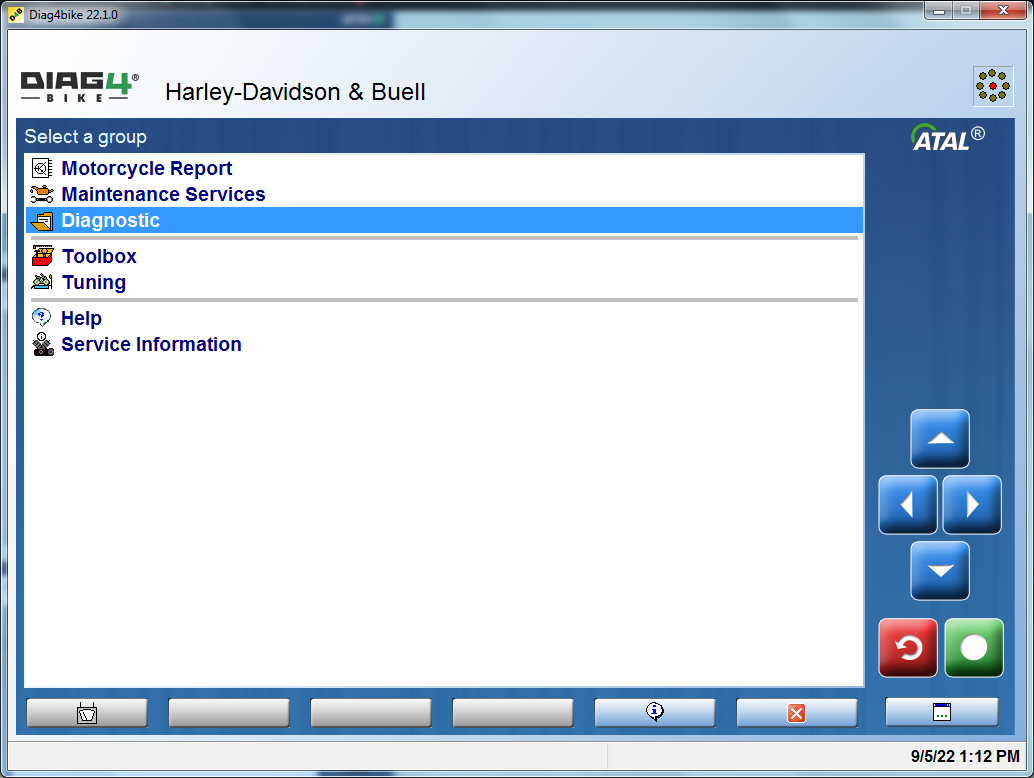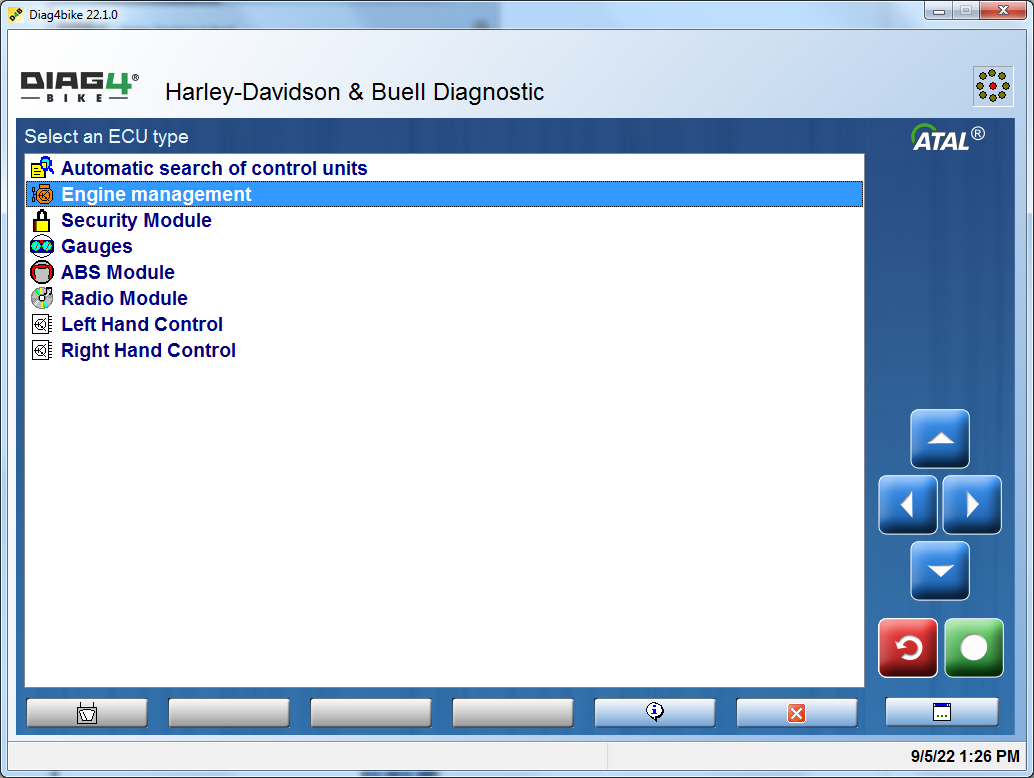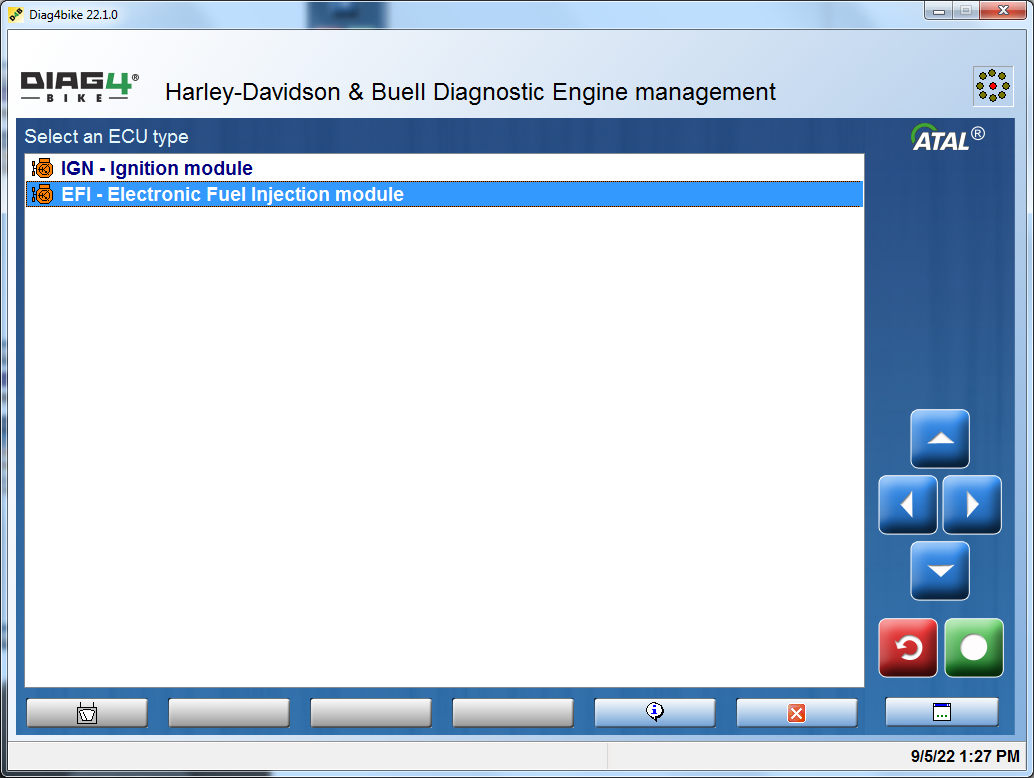Skip to content 3.4. Parameters
3.4. Parameters
This function allows for determining which information is sent to the control unit through the sensors in individual parts of the system or, alternatively, in what way the obtained information is interpreted, in what state it is or what commands it gives to the actuating units (that is, to the efficient elements). The quantity and kind of accessible parameters depend, of course, on the type of vehicle (engine, design, outfit, etc.).
The parameter name as well as the value passed on by the control unit are always displayed. The directly measurable variables are stated in their own physical units, that is for example, accumulator voltage is stated in Volts, injection period (injection valve opening time) in milliseconds, and the like. If it is possible to measure the stated value independently (accumulator voltage by means of voltmeter, injection valve opening time by means of oscilloscope and so on), you can detect the correct function of the actuating unit and the value transmission to the control unit by comparison. Other variables are measured indirectly by means of conversion to electrical variables. A value of this electrical variable is then displayed (e.g., throttle position as a voltage at potentiometer), sometimes simultaneously with conversion to the measured variable (e.g., coolant temperature is stated directly in °C and as measured voltage at temperature sensor).
In general, when measuring parameters, it is necessary to point out the fact that recommendations given by the manufacturer relate always to the specific relative conditions, e.g., engine speed is predetermined, the same goes for coolant temperature, etc.





